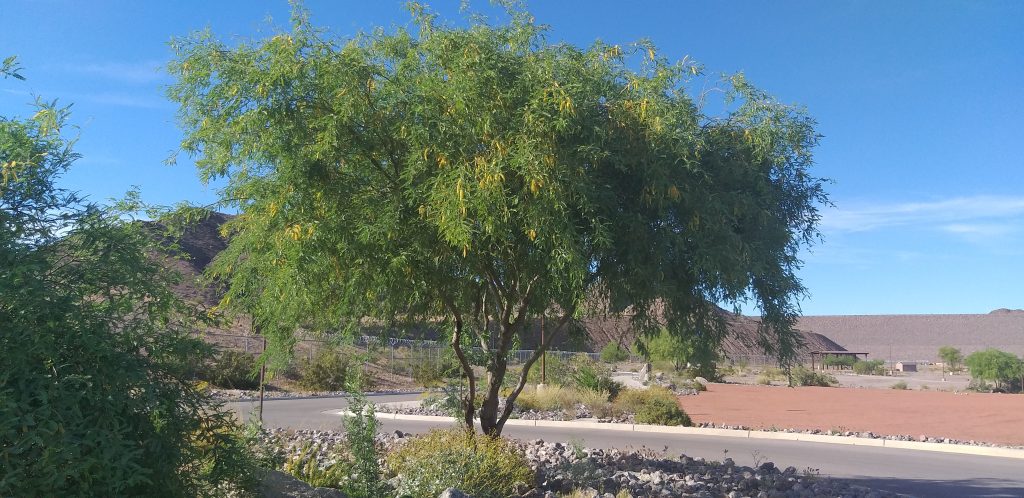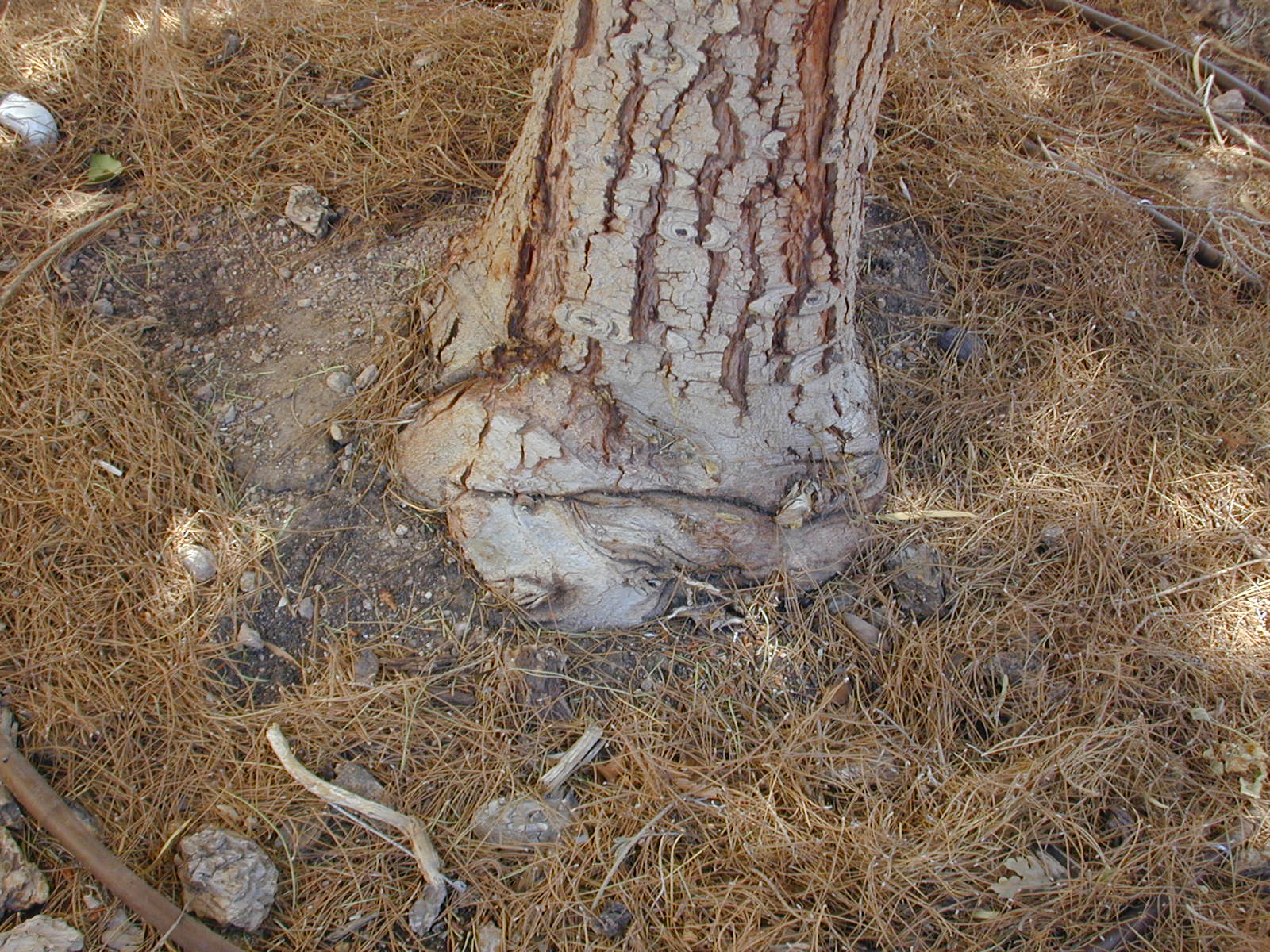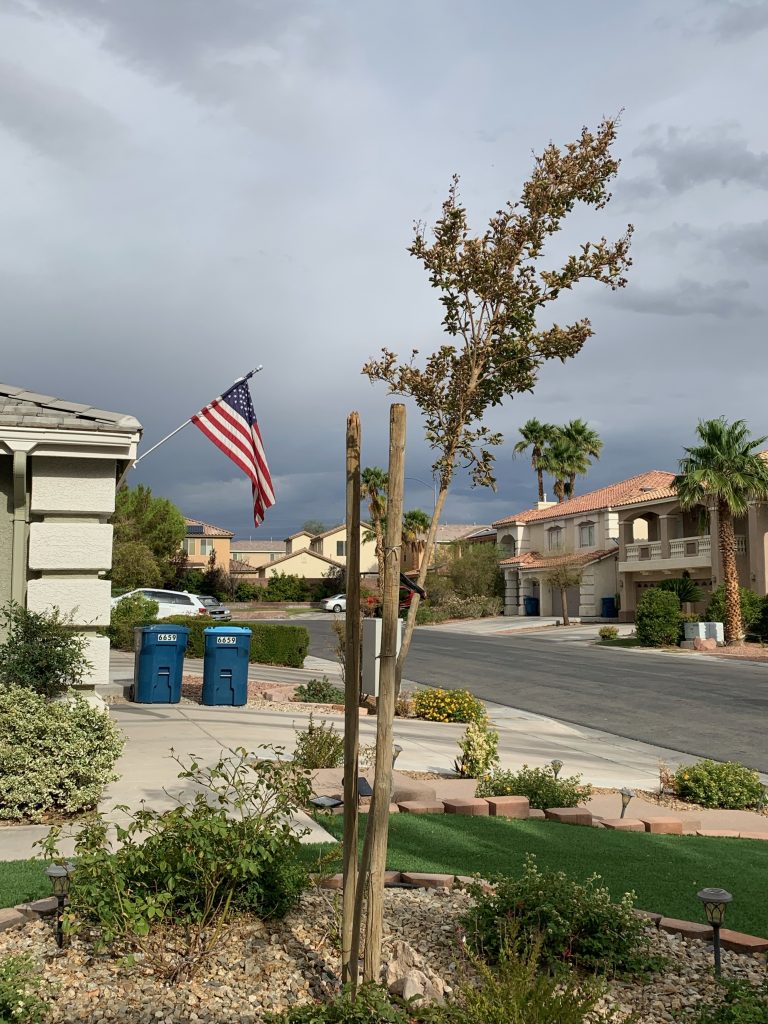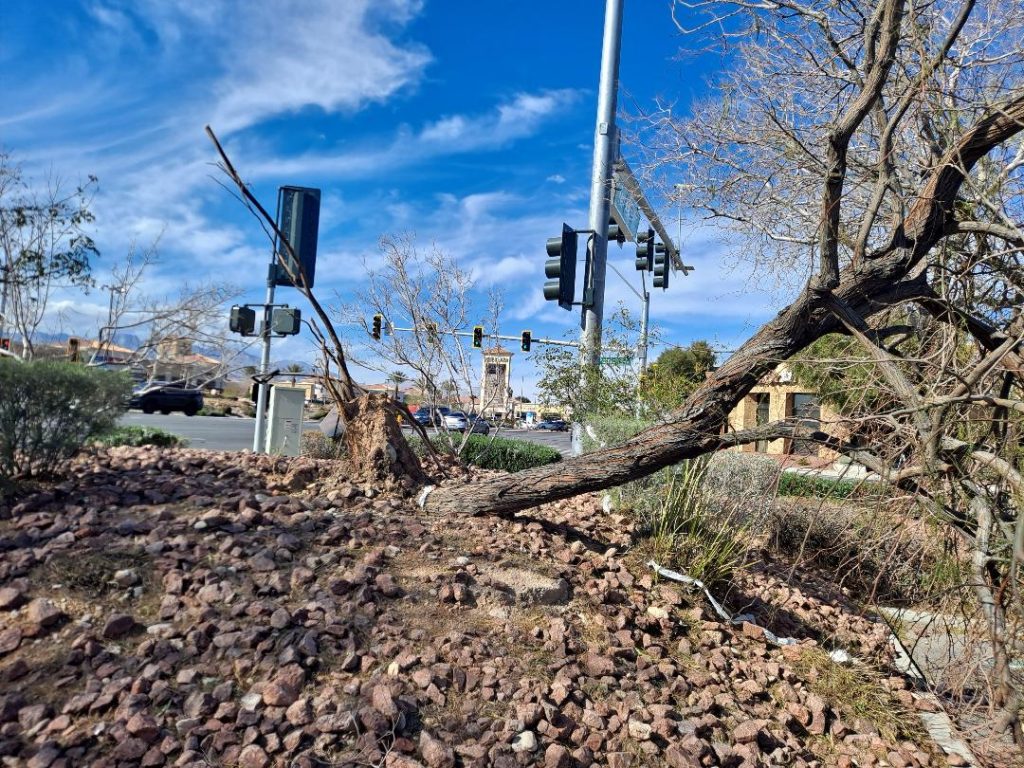Q. I have a mesquite that I planted two years ago. It has grown rapidly, and I continue to move drip lines to the edge of its canopy. However, it apparently has “bundled” roots – roots that are quite loose when moving the plant from side to side. Are there any possible remedies, or do I just wait and hope the roots spread?

A. I usually handle that type of problem when it is planted, not now. Sometimes a plant comes like that from the nursery and sometimes it arises from how it is planted. Plants that I buy with roots not spreading correctly, I return. Those kinds of plants should not be sold. Most nurseries don’t sell plants that “don’t have roots spreading out” (kinked roots) since the mid 1990’s. Nurseries now have a problem with growing some plants too close together and those plants “flopping over” when they are no longer staked.

Most nurseries have a return policy. Some plants like that are discounted. Kinked roots often times relate to how many seasons of growth there are in the same container. They are bought with hopes that “bundled” (overgrown) roots will spread into the surrounding soil when planted in the ground in the soil correctly. They won’t. Stop wishing. Overgrown roots will continue to grow in circles and are permanently deformed. Nurseries are pretty good about removing or culling “root deformed plants” (plants not growing well) when they see them.

Sometimes, when the roots of these plants are starting to get deformed, the root growth can be “straightened out” with some minor root surgery, spreading out the roots, realignment, etc. This type of root surgery may include some top pruning or heading back but seldom does. Top pruning depends on how much of the roots were removed. Consumers like “big plants”, the bigger the better. The thought is, “Increased money requires big plants”, rather than improved plant health.

When I am planting, I always do two things; check the plant for stability after its planted and stake the plant to keep the roots from moving. Checking the plant for stability in the soil is making sure it was planted correctly. Secondly, plants are always staked, even if the stake is made from bamboo and comes with the container when it is bought. Usually it takes after planting (five gallon containers and smaller, depends on the size of the plant) is pushing the stake into the ground further and a small amount of green plastic nursery tape to keep the plant’s roots from moving. Staking keeps the roots stable and growing in the ground during gusting winds. Wind gusts can be unpredictable.

That’s why I am constantly harping to “plant in wet soil”. Wet soils are “dirtier”, a “pain in the rear end”, and heavier, but they remove “air pockets”, fill gaps around roots, and stabilize plants in the soil. Plant wet whenever possible even when it is uncomfortable.